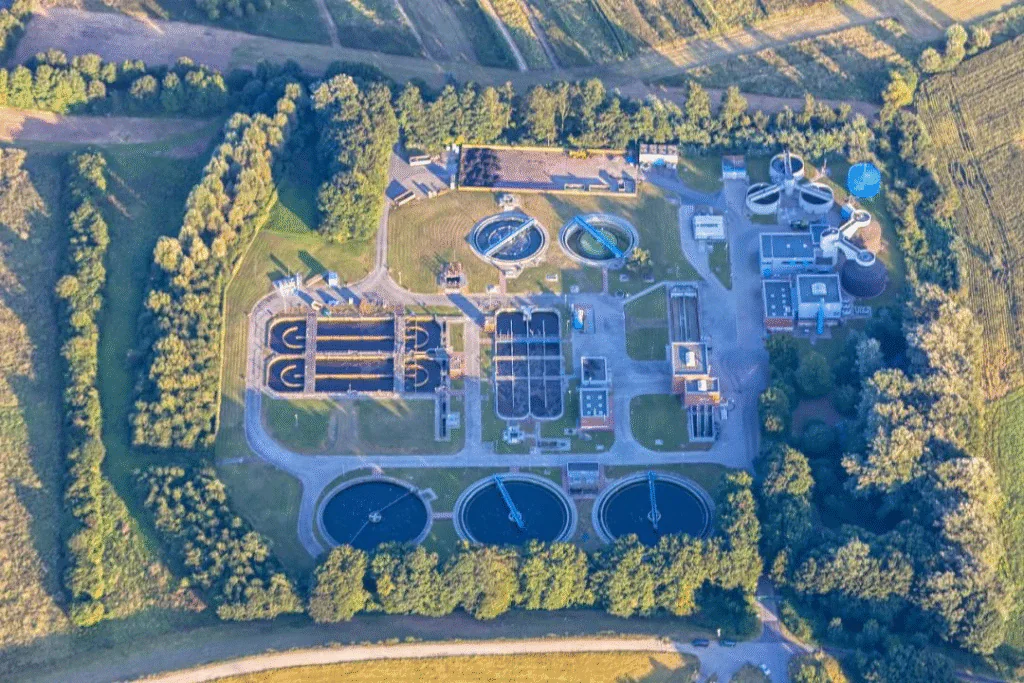Ammonia nitrogen is a common and troublesome issue in wastewater treatment. When the biological system faces a sudden high load, such as a sharp increase in water volume or COD concentration, the system may become unstable. This can block the nitrification process and cause high ammonia levels in the treated water.
This article explains how high load shocks cause ammonia problems. It also provides simple and useful solutions.
1. What Is High Load Shock?
High load shock means that the water quality or flow suddenly changes. Common situations include:
- High COD shock: A sudden rise in chemical oxygen demand (COD).
- High ammonia shock: A sudden increase in ammonia nitrogen.
- Sudden rise in water flow: The water flow into the system rises quickly in a short time.
These conditions can disturb the system. They lower the activity of microbes, especially the nitrifying bacteria.

2. How High COD Shock Affects Ammonia Removal
When there is too much organic matter in the water, the system load increases. Heterotrophic bacteria grow quickly and take over. This stops the nitrifying bacteria from working well.
Also, high organic load uses up a lot of oxygen. When there is not enough dissolved oxygen (DO), nitrification slows down.
Solutions:
- Stop water and aerate: Pause the water inflow and start aeration. This helps break down organics quickly.
- Raise DO: Increase aeration to provide more oxygen.
- Keep more sludge: Reduce sludge discharge. This keeps more active sludge in the system.
- Add alkalinity: Add sodium carbonate or similar to keep pH between 7.5–8.5. This helps nitrifying bacteria.
- Adjust return ratio: Increase return sludge to boost nitrification.
- Add bacteria or new sludge: This helps keep enough nitrifying bacteria in the system.
3. How to Handle High Ammonia Shock
When ammonia levels are too high, the nitrification system becomes overloaded.
Solutions:
- Air stripping: For very high ammonia, use air stripping to remove part of it first.
- Dilute the water: Add clean or low-ammonia water to reduce the ammonia level.
- Adsorption: Use materials like ion exchange resin or zeolite to remove some ammonia before biological treatment.
4. How to Deal with Sudden Increase in Water Flow
When flow increases quickly, the hydraulic retention time (HRT) becomes short. There is not enough time for full biological treatment. This reduces ammonia removal.
Solutions:
- Intermittent inflow: Let water in step by step to reduce shock.
- Equalization tank: Add a tank at the front to smooth out flow changes.
- Pause inflow: Stop the inflow for a while to let the system recover.
5. Conclusion
High load shocks can cause big problems in wastewater systems, especially ammonia nitrogen exceeding the limits. Whether the shock is from COD, ammonia, or flow, we must prepare in advance and adjust operations based on real conditions.
Using simple and smart emergency methods can help recover stability. It also improves water quality and ensures the system meets discharge standards.
